Spy Gadgets: Could You Escape and Evade Capture in WWII?
Listen to Charles Fraser-Smith’s story | True Spies: The Gadget Master

Spy gadgets helped win WWII
British and American spy gadgets were crucial in helping the Allies win WWII so the real-life ‘Q’ inventors - much like James Bond’s Quartermaster - were a crucial part of the team, fighting the enemy from their laboratories and workshops.
Intelligence operatives shipped out with gadgets disguised to look like everyday objects but with hidden compartments to stash intel and essential spy equipment. If they were captured and sent to a prisoner-of-war camp, the spies could expect even more gadgets to arrive from HQ disguised as charity care packages.
Shaving brushes, Ping-Pong paddles, and cribbage boards were loaded with miniature tools, maps, and cash and then sent to PoW camps in Germany, Italy, and beyond. The tools allowed the Allies to escape while the money and maps helped them avoid being recaptured.
Captain (later Colonel) Robley E. Winfrey was America’s ‘Q’, overseeing a team at Fort Hunt that hid radio parts in baseballs and sewed tiny saws into clothing. Charles Fraser-Smith was Britain’s Q, hiding behind his elaborate cover as a junior civil servant in the clothing section of the Ministry of Supply in London.
SPYSCAPE museum & experience has a huge collection of ingenious spy gadgets. There’s no room to list them all so we’re sharing some of our favorites.

Pipe Dagger
This briarwood pipe hid a concealed dagger with a detachable head and an opening at the shaft revealing the hidden blade. The escape-and-evasion dagger would have been used by Allied agents of the American Office of Strategic Services (OSS), the precursor to the CIA, Britain’s SOE, or resistance fighters in occupied territories.
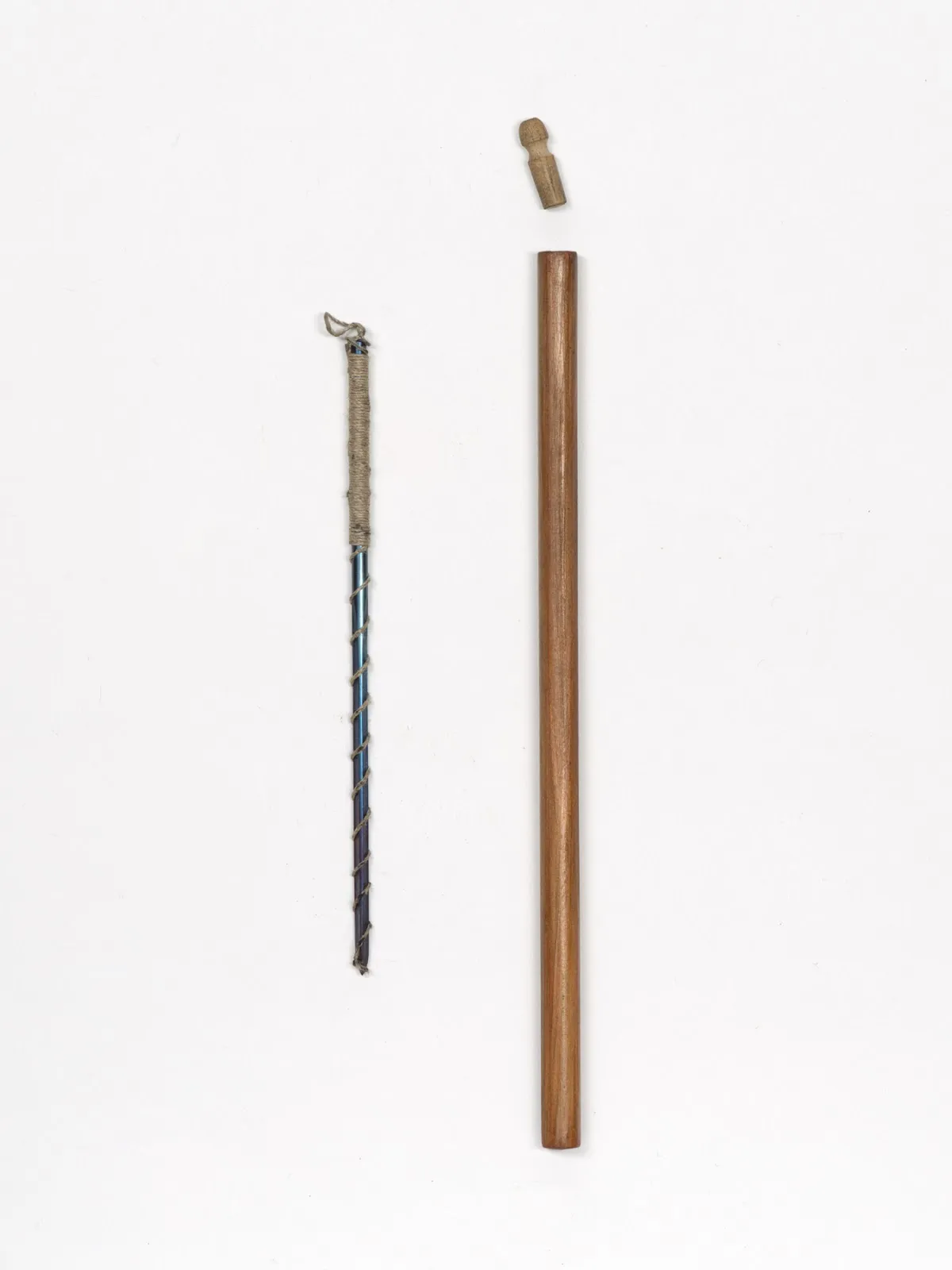
Pencil Dagger
The UK’s ultra-secret MI9 - the department that inspired Ian Fleming’s Bond gadget master ‘Q’ - designed the pencil dagger used by American and British agents from the OSS and SOE. The covert weapon operates as a real pencil but it has lead at only one end. The middle is hollowed out to conceal a dagger inside. The crafty design includes a small wooden cap to conceal the spike. Ingeniously, the weapon is wrapped in twine so it can be drawn out of the pencil.
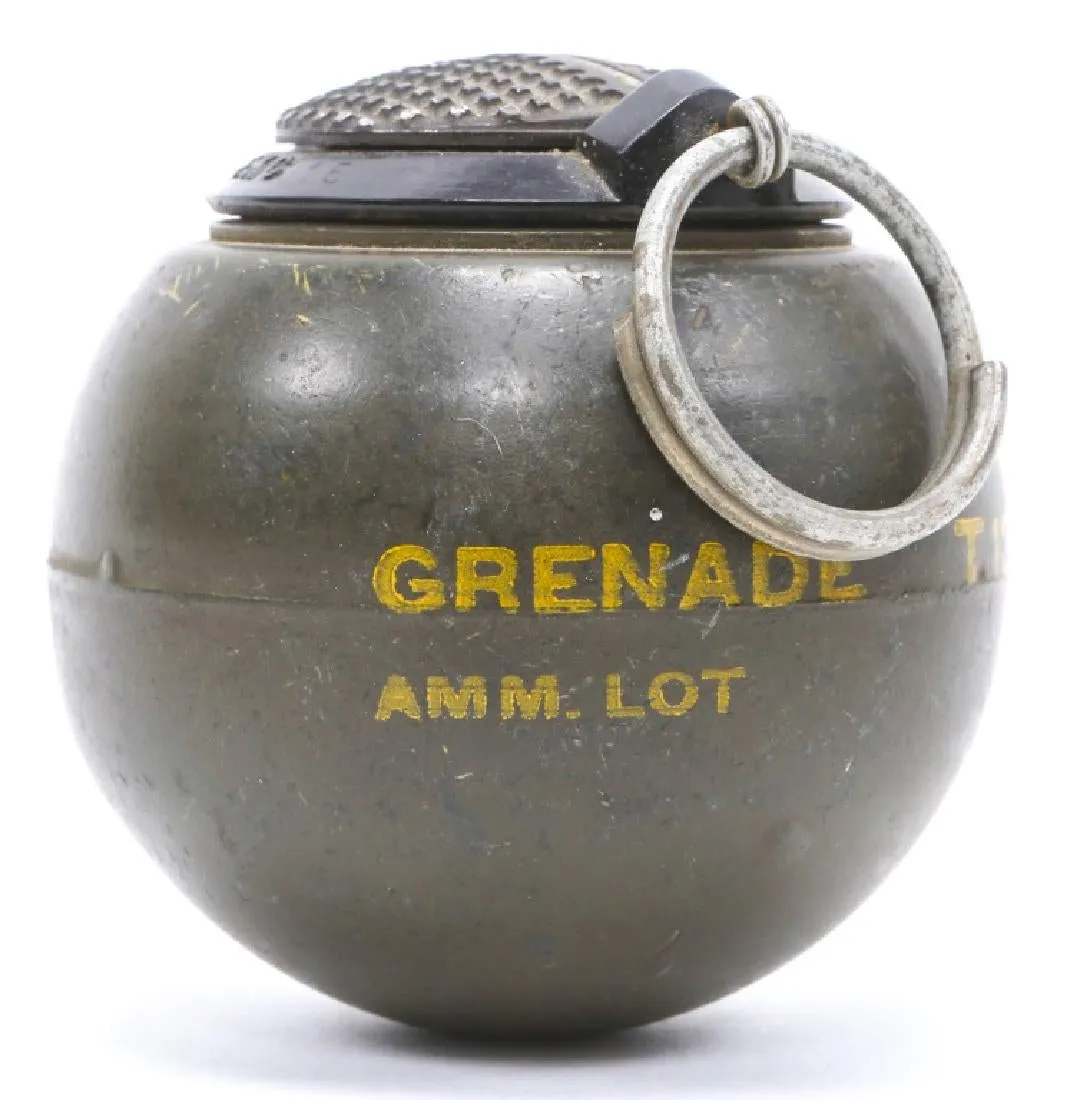
Baseball grenade - T-13 Beano
These WWII grenades were designed to emulate the size, shape, and feel of a baseball on the assumption that American soldiers would instinctively be able to accurately throw a grenade modeled on the great American pastime.
The WWII T-13 was an experimental grenade developed by the American OSS and nicknamed the Beano. Once thrown, a length of nylon string unwound until it pulled the arming pin, priming the grenade to detonate upon impact with a hard surface. Several thousand Beano Grenades were shipped to Europe during WWII. US soldiers used them during the invasion of Normandy in June 1944 but the grenades were recalled and taken out of service after several of them prematurely detonated and killed US troops. Beano Grenades were ordered destroyed and files pertaining to the weapon were classified, making them a rare and highly prized artifact.
Beanos weren’t the only modified baseballs used during WWII. The F.W. Sickle Electronics Company of Chicopee, Massachusetts, manufactured specially designed miniature radio transmitters that were secreted in baseballs by the Goldsmith Baseball Company.

Kiss of Death Lipstick
This French lipstick holder was created for Britain’s female Special Operations Executive (SOE) agents during WWII. Beneath the fake wax lipstick lies a secret compartment designed to hold a small object such as a cyanide suicide pill or ‘L-pill’ (lethal pill) for use if the agent was captured by the enemy. The SOE - known as ‘Churchill's Secret Army’ - was officially formed in 1940 to conduct espionage, sabotage, and reconnaissance in occupied Europe and occupied Southeast Asia and to aid local resistance movements.

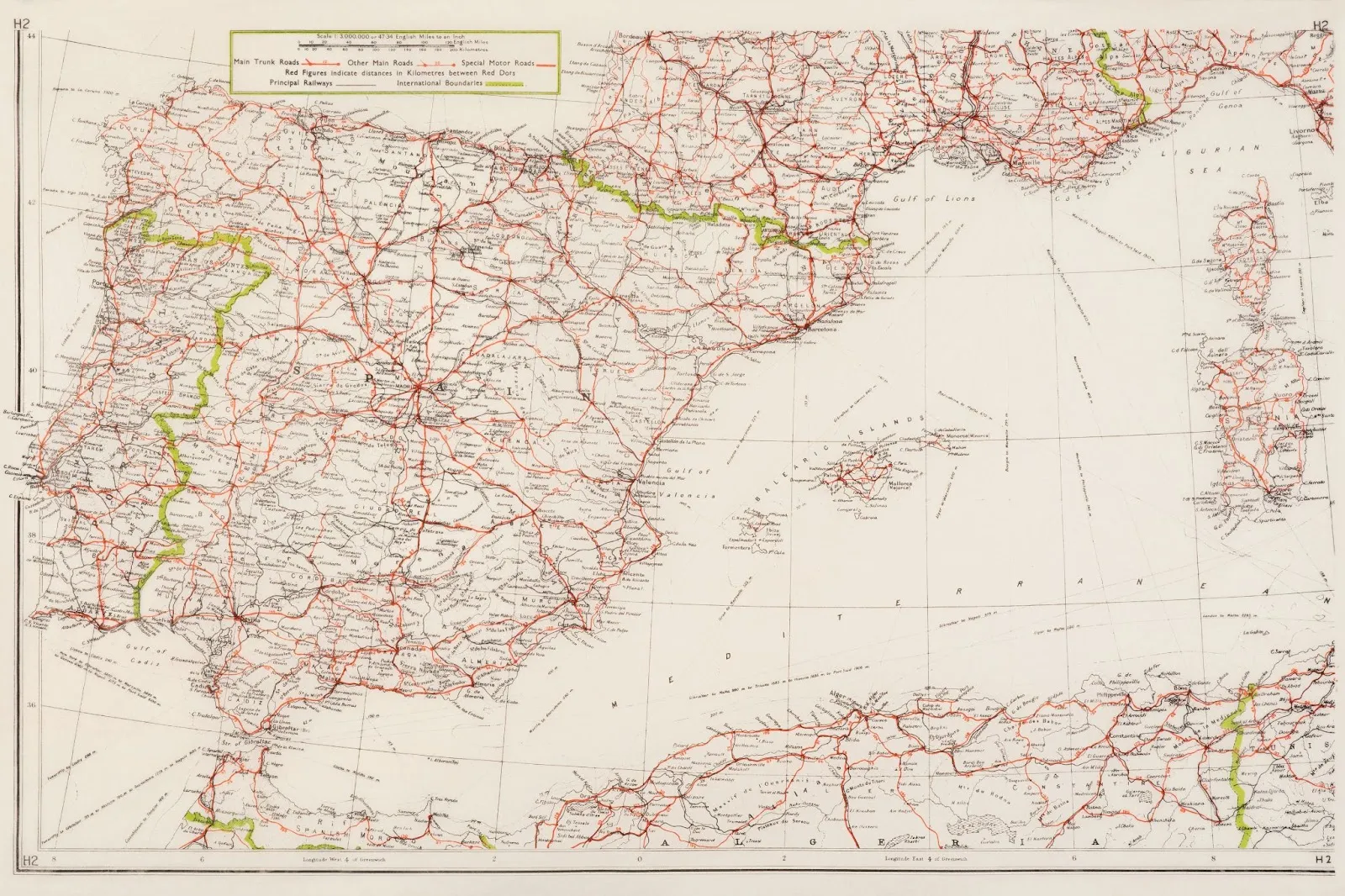
Tissue Map
Christopher Clayton Hutton - another in a long line of British Qs - devised many escape maps at his secret Berkshire HQ to aid Royal Air Force and United States Army Air Force airmen in enemy territory. Most maps were created with silk - and later rayon - which was easy to tuck away but a few were produced in tissue. MI9 shipped escape maps into PoW camps in charity parcels, with some hidden in the back of playing cards or rolled in the stems of tobacco pipes. Those maps were made from eucalyptus leaves that resisted soaking and wouldn’t tear.
"The brand new social experience where you activate your gaming skills as you train like a spy."
- TimeOut
Take on thrilling, high-energy espionage challenges across different game zones.


RAF Cigarette Lighter Compass
MI9 also issued cigarette lighters to Royal Air Force aircrew and British SOE agents. The black metal body has an extra compartment concealing an escape compass in its base.

Comb compass
The Swinger comb compass is well suited for concealment. It is molded into a black Bakelite comb. To retrieve the compass, the comb must be snapped in half. Agents would then tie the compass to a string and float it in water to get their bearings.
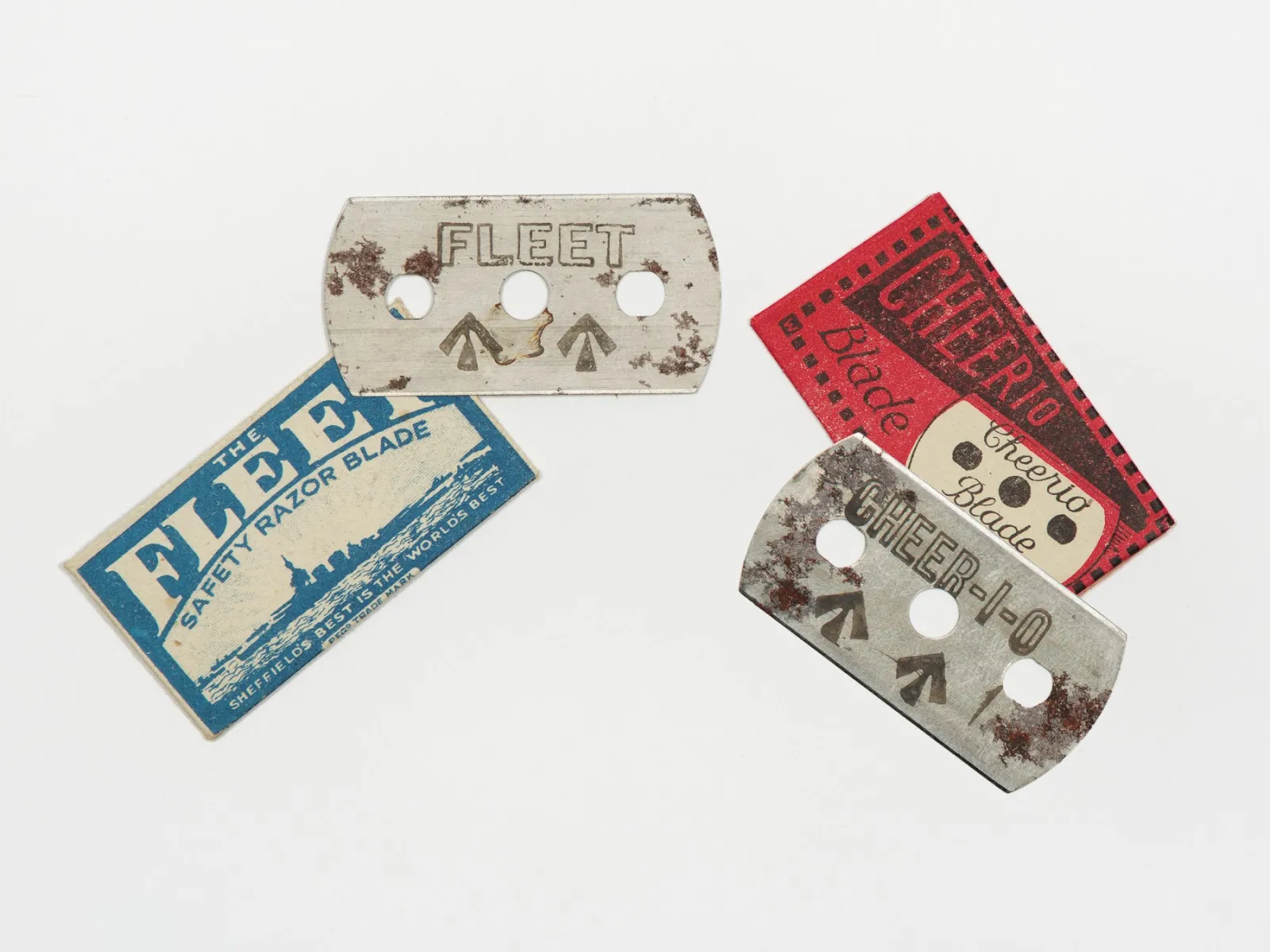
Escape and evasion razors
These razors were produced as standard, usable razor blades, but with a twist - they are also magnetized north for use as a compass. The razor blades were laid on the surface of a liquid (like a glass of water) and they would turn so the arrow pointed north. The razors were a handy tool for PoWs escapees to help them find their bearings in enemy territory.
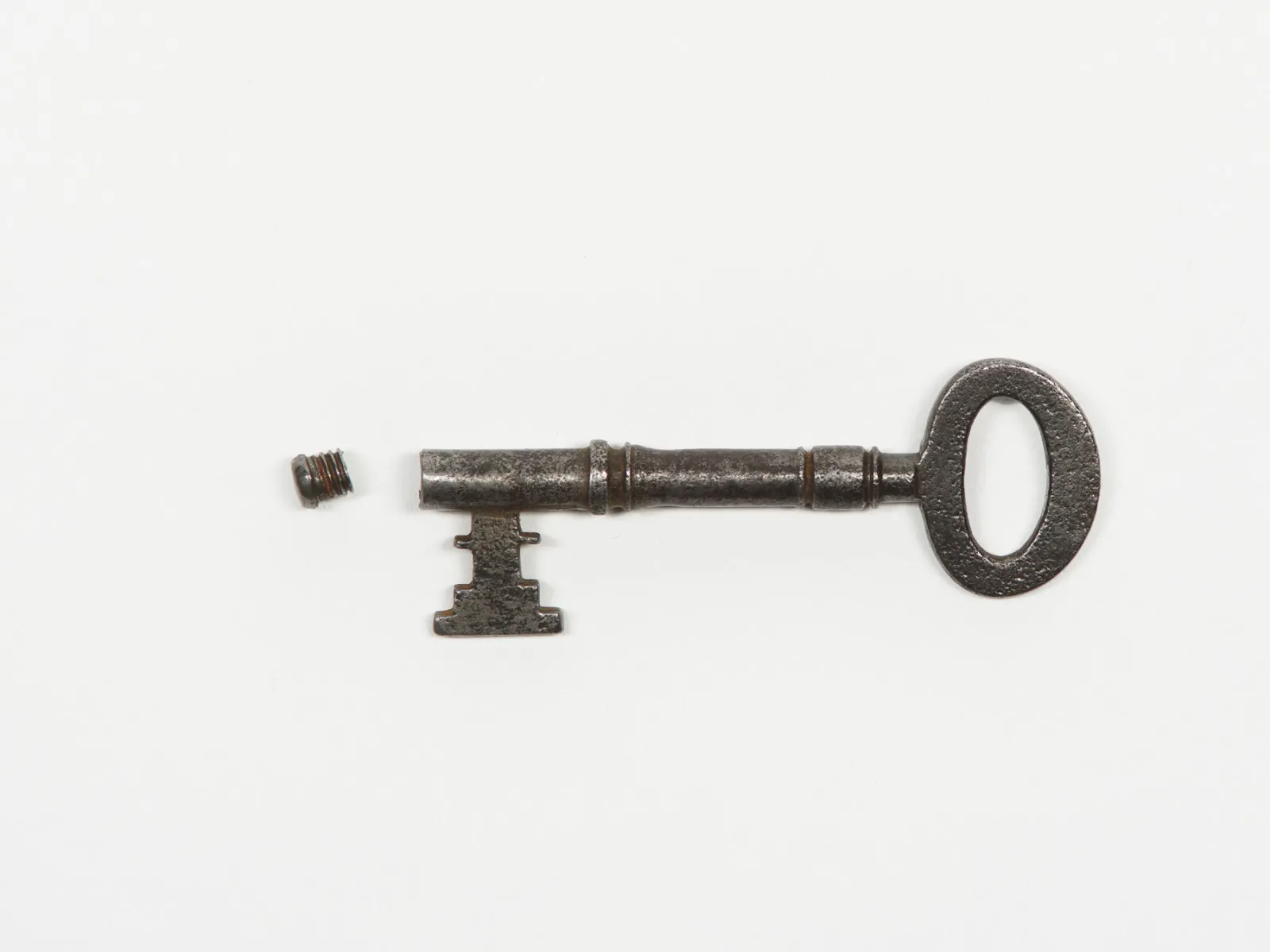
MI9 message key
MI9’s message key was used by Allied agents working in occupied territories to leave secret missives. The key contains a removable bolt that can be unscrewed to allow access to a hollow chamber.
Hidden in a suitcase, this portable radio station was used by the British intelligence services in WWII. Powered by battery, mains, or even a bicycle generator, it was used in the field to exchange coded messages with spymasters back in London.
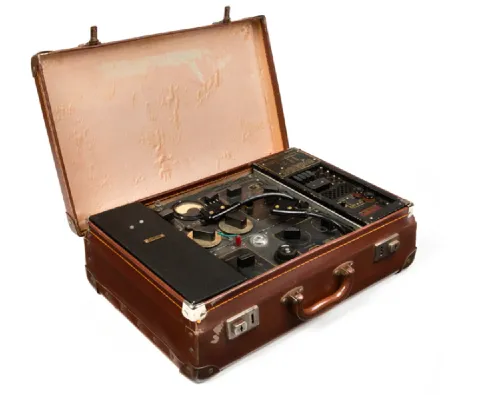
Spy radio suitcase
Hidden in a suitcase, this portable radio station was used by British intelligence services in WWII. Powered by battery, mains, or even a bicycle generator, it was used in the field to exchange coded messages with spymasters back in London.
SPYSCAPE+

Join now to get True Spies episodes early and ad-free every week, plus subscriber-only Debriefs and Q&As to bring you closer to your favorite spies and stories from the show. You’ll also get our exclusive series The Razumov Files and The Great James Bond Car Robbery!


Gadgets & Gifts
Explore a world of secrets together. Navigate through interactive exhibits and missions to discover your spy roles.
Your Spy Skills
We all have valuable spy skills - your mission is to discover yours. See if you have what it takes to be a secret agent, with our authentic spy skills evaluation* developed by a former Head of Training at British Intelligence. It's FREE so share & compare with friends now!
* Find more information about the scientific methods behind the evaluation here.


Stay Connected
Follow us for the latest
TIKTOK
INSTAGRAM
X
FACEBOOK
YOUTUBE